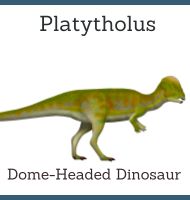In Depth
Lusonectes was named from a combination of Luso (Portugese), and nectes (swimmer), and at the time of its naming it was the only plesiosaur genus named from a Portugese deposit. However Europe during the Jurassic was more a collection of islands rather than the single large land mass it is today, so it may only be a matter of time before other Portugese plesiosaurs are discovered. The species name L. sauvagei is in honour of the French palaeontologist Henri �mile Sauvage who found the first remains way back in the nineteenth century.
Lusonectes is thought to be most closely related to plesiosaurs like Microcleidus, and as such may represent a primitive form of elasmosaurid plesiosaur. These are the sub group proportionately longer necked plesiosaurs typified by Elasmosaurus.
Further Reading
Further reading- A new plesiosauroid from the Toarcian (Lower Jurassic) of Alhadas, Portugal. – Acta Palaeontologica Polonica 57(2):257-266 – A. S. Smith, R. Araujo & O. Mateus – 2012.









